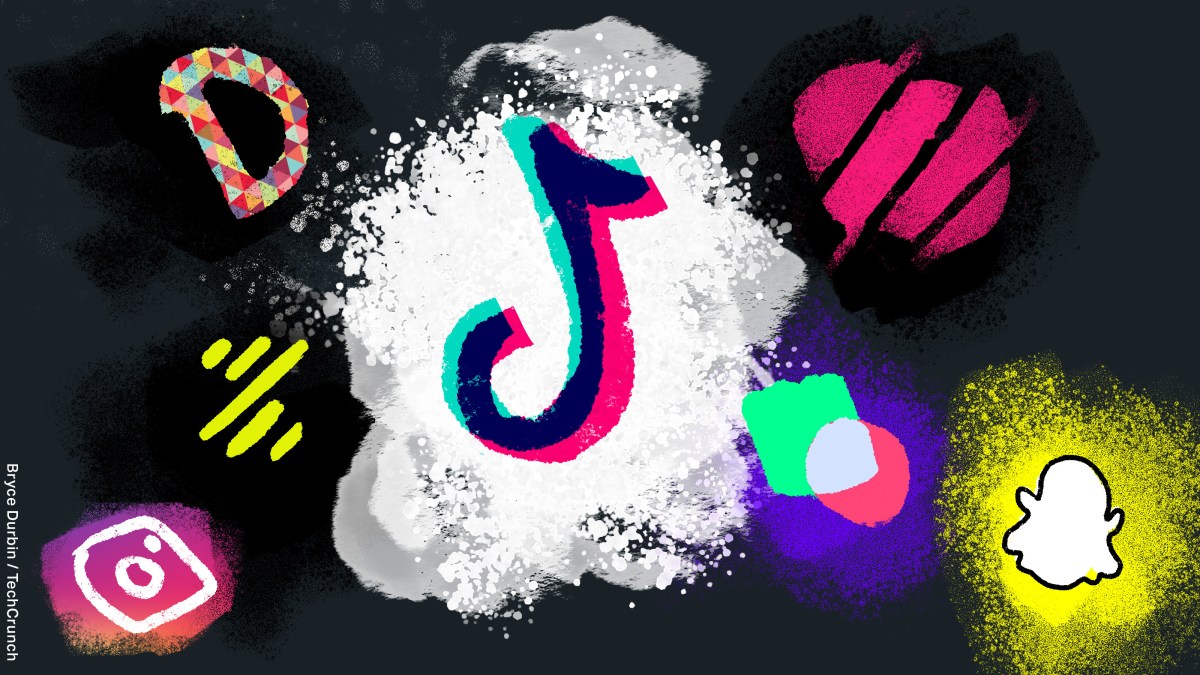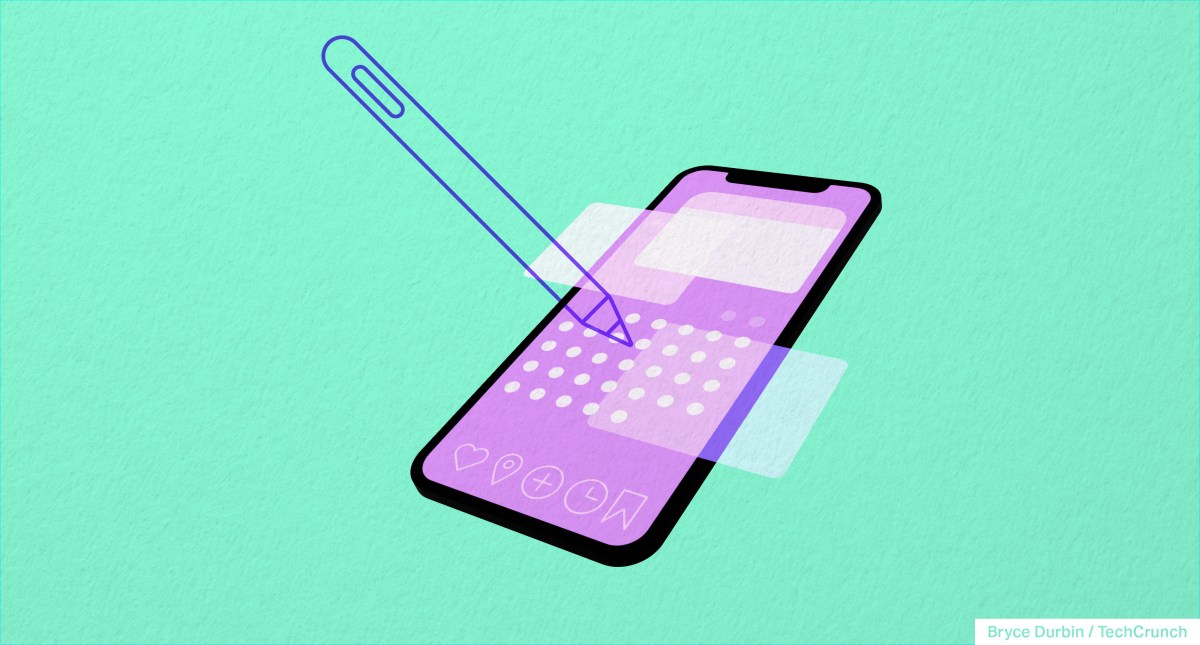How we covered the creator economy in 2022
This summer, I went straight from VidCon, the world's largest creators conference, to a labor journalism seminar with the Sidney Hillman Foundation. One day I was chatting with famous TikTokers about their financial angst (what if they accidentally got banned from TikTok tomorrow?), and the next day I was learning the history of American unionization.
These topics are not at all unrelated: at the heart of writing about the creator economy is labor journalism. The rhythm of the creator is a rhythm of work.
Creators are rebelling against the traditional way of making a living in the arts industries, taking control of their income to make money for themselves, rather than the big media conglomerates. Consider creators like Brian David Gilbert, who built a devoted fanbase as a chaotically hilarious video producer for Polygon, Vox Media's video game publication. Gilbert quit to work full-time on other creative projects, probably because he realized that with his audience he could make a lot more money independently than what his salary was bringing in. the media. Then there are YouTube channels like Defunctland and Swell Entertainment, which are essentially investigative journalism outlets run by individual video producers. We see chefs building their brand by going viral on TikTok, or teachers supplementing their income by sharing educational content on Instagram. In arts industries that notoriously underpay the expertise of their workers, YouTubers, Instagrammers and newsletter writers are proving that creativity is a monetizable skill, a skill with which they deserve to earn more than a living wage.
This belief that the creator economy is labor-intensive has guided my coverage of the industry this year. Below, I've rounded up some of our best stories on the state of the creator economy.
Like most teenagers, Chris McCarty spent a lot of time on YouTube, but they had a serious question. How can influencers' children protect themselves when they're too young to understand what it means to be a constant fixture in online videos? As part of their Girl Scouts Gold Award project, McCarty worked with Washington State Rep. Emily Wicks to introduce a bill to protect and compensate children for appearing in family vlogs. /p>
As early as 2010, amateur YouTubers realized that "cute kid does stuff" is a viral genre. David DeVore, then 7, became an internet sensation when his father posted a YouTube video of his reaction to anesthesia titled "David After Dentist". David's father turned the public interest in his son into a small business, earning around $150,000 in five months from advertising revenue, merchandise sales and a licensing deal with Vizio. He told the Wall Street Journal at the time that he would save money for his children's school fees, as well as for charitable donations. Meanwhile, the family behind the 'Charlie Bit My Finger' video has earned enough money to buy a new home.
More than a decade later, some of YouTube's biggest stars are kids too young to understand the life-changing responsibility of being an internet celebrity with millions of subscribers. Seven-year-old Nastya, whose parents run her YouTube channel, was the sixth highest-earning YouTube creator in 2022, with $28 million. Ryan Kaji, a 10-year-old boy who has been playing with toys on YouTube since he was 4, has earned $27 million from various licensing and brand deals.
I'm fascinated by MrBeast, but kind of like "watching a car accident". MrBeast still rides comfortably on the freeway, but I'm worried about the guy (…not too much. I mean. He's fine). His business model just doesn't seem viable to me, despite his...

This summer, I went straight from VidCon, the world's largest creators conference, to a labor journalism seminar with the Sidney Hillman Foundation. One day I was chatting with famous TikTokers about their financial angst (what if they accidentally got banned from TikTok tomorrow?), and the next day I was learning the history of American unionization.
These topics are not at all unrelated: at the heart of writing about the creator economy is labor journalism. The rhythm of the creator is a rhythm of work.
Creators are rebelling against the traditional way of making a living in the arts industries, taking control of their income to make money for themselves, rather than the big media conglomerates. Consider creators like Brian David Gilbert, who built a devoted fanbase as a chaotically hilarious video producer for Polygon, Vox Media's video game publication. Gilbert quit to work full-time on other creative projects, probably because he realized that with his audience he could make a lot more money independently than what his salary was bringing in. the media. Then there are YouTube channels like Defunctland and Swell Entertainment, which are essentially investigative journalism outlets run by individual video producers. We see chefs building their brand by going viral on TikTok, or teachers supplementing their income by sharing educational content on Instagram. In arts industries that notoriously underpay the expertise of their workers, YouTubers, Instagrammers and newsletter writers are proving that creativity is a monetizable skill, a skill with which they deserve to earn more than a living wage.
This belief that the creator economy is labor-intensive has guided my coverage of the industry this year. Below, I've rounded up some of our best stories on the state of the creator economy.
Like most teenagers, Chris McCarty spent a lot of time on YouTube, but they had a serious question. How can influencers' children protect themselves when they're too young to understand what it means to be a constant fixture in online videos? As part of their Girl Scouts Gold Award project, McCarty worked with Washington State Rep. Emily Wicks to introduce a bill to protect and compensate children for appearing in family vlogs. /p>
As early as 2010, amateur YouTubers realized that "cute kid does stuff" is a viral genre. David DeVore, then 7, became an internet sensation when his father posted a YouTube video of his reaction to anesthesia titled "David After Dentist". David's father turned the public interest in his son into a small business, earning around $150,000 in five months from advertising revenue, merchandise sales and a licensing deal with Vizio. He told the Wall Street Journal at the time that he would save money for his children's school fees, as well as for charitable donations. Meanwhile, the family behind the 'Charlie Bit My Finger' video has earned enough money to buy a new home.
More than a decade later, some of YouTube's biggest stars are kids too young to understand the life-changing responsibility of being an internet celebrity with millions of subscribers. Seven-year-old Nastya, whose parents run her YouTube channel, was the sixth highest-earning YouTube creator in 2022, with $28 million. Ryan Kaji, a 10-year-old boy who has been playing with toys on YouTube since he was 4, has earned $27 million from various licensing and brand deals.
I'm fascinated by MrBeast, but kind of like "watching a car accident". MrBeast still rides comfortably on the freeway, but I'm worried about the guy (…not too much. I mean. He's fine). His business model just doesn't seem viable to me, despite his...
What's Your Reaction?






















